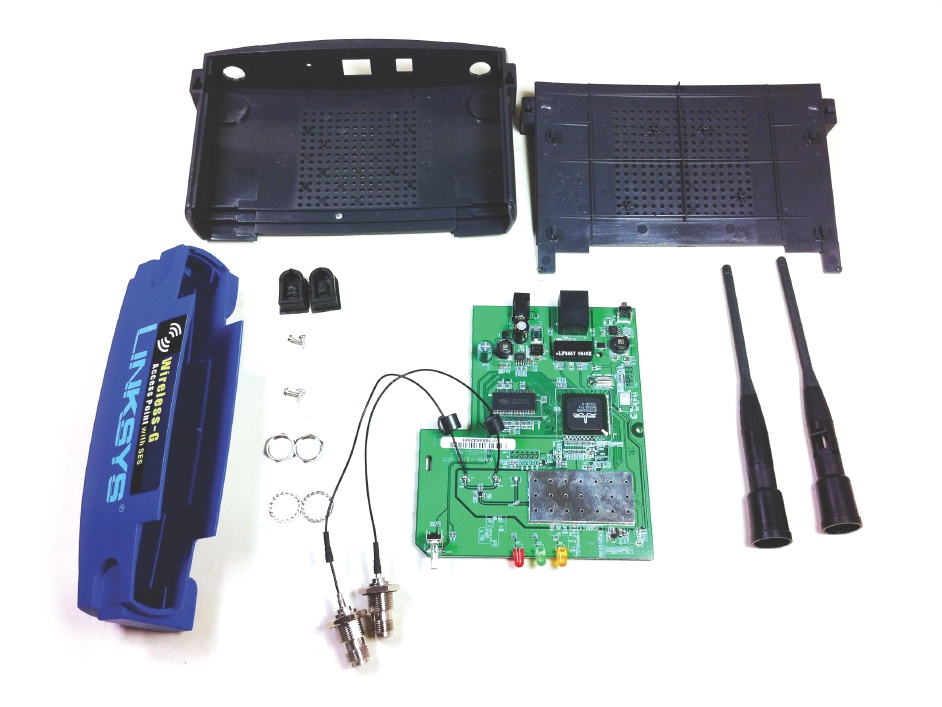Wireless router teardown

[fototag id=”Router”]
Wireless routers have revolutionised information access on the go. Yet there is nothing revolutionary about how they work. Internet data is essentially sent and received like over-the-air (OTA) television broadcasts, except in reverse. OTA signals are broadcast as radio waves and picked up by antennas attached to television sets. Each antenna converts the waves into electrical signals and sends them down wires to be turned into images by the TV.
Wireless routers do things the other way around. They receive electrical signals from a modem connected to a cable on an internet service provider’s network. These signals contain information in the form of data packets. A processor in the router decodes each packet’s digital label or ‘header’. This contains the unique numerical internet protocol (IP) addresses of the sender and intended recipient. A packet’s payload of data (an email, for example) is then converted into a radio signal by the router and broadcast on the 2.4GHz or 5GHz frequencies via antennas. Wireless network adaptors in Wi-Fi-enabled devices intercept this transmission and convert it back into electrical signals.
Written by Michael Simpson.





